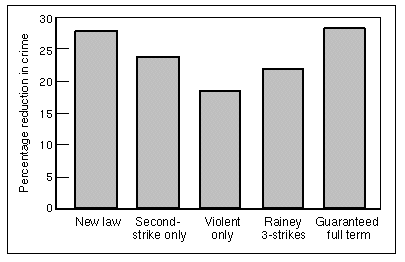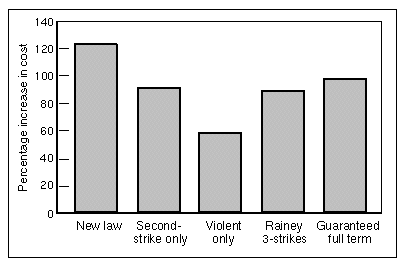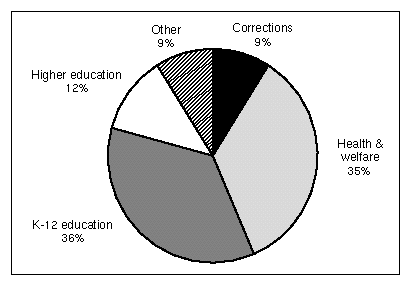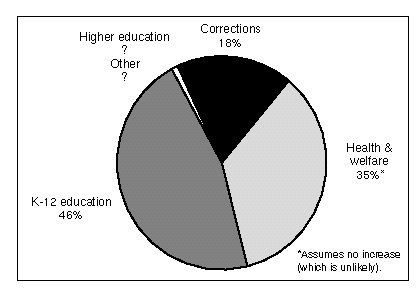“Viacom is so ticked off at YouTube,” my son Nick informed me not long ago. “It’s just so obvious.”

Eric Schmidt, Google’s chief, says his company “respects copyright.”
Nick, who is a senior in high school, knew this not because he reads the business pages; like most 17-year olds, he doesn’t. He knew it because he is a YouTube fanatic, and has a keen understanding of the rhythms of the online video site. For months, he had been able to watch clips of “The Daily Show With Jon Stewart” or “The Colbert Report” on YouTube — shows that were produced by Viacom’s Comedy Central channel.
Suddenly, though, he couldn’t get access to them. They had disappeared from YouTube, as had most of Viacom’s other copyrighted fare, like “SpongeBob SquarePants” and “South Park.” Clearly, something was up. Viacom was, indeed, upset with YouTube.
So upset that this week Viacom filed a $1 billion copyright infringement suit against YouTube and its parent, the mighty Google, which last year bought the tiny start-up for a jaw-dropping $1.65 billion. At that point, YouTube was a fledgling company with no profits and negligible revenue. But it had already become the site for posting — and watching — short user-generated digital videos. Most of the videos on YouTube really are generated by users — there are lots of spoofs and home videos and the like on the site. But there are also plenty of users who are “generating” content by slapping up shows, or portions or shows, that are owned by the big media companies like Viacom. Shows like, well, “The Daily Show With Jon Stewart” and “The Colbert Report.”
At first glance, the Viacom lawsuit may seem like a carbon copy of the music industry’s fight against Napster in the late 1990s. Old-line industry sees new threat from the Internet and tries to sue it into oblivion. But it’s not. In that earlier case, the music industry won the battle only to lose the war. Although the courts decisively ruled that Napster was infringing copyrights owned by the big music companies, that decision didn’t exactly eliminate the practice of stealing copyrighted music from the Internet. All it meant, in practical terms, was that youths had to find other, more shadowy sites to use to download music. Pandora’s box having been opened, it couldn’t be shut again.
The Viacom suit is about something a good deal more complicated. Just as getting music from the Internet is here to stay, so is downloading videos. All the big media companies understand that. They all realize that the Internet has created potential new methods for distributing their shows — and that creates both great possibilities and great pitfalls. They all fully understand that they are not going to be able to litigate YouTube off the face of the earth.
The fact that Google owns YouTube gives the small company leverage Napster never had.
So the big media companies are all grappling with how to deal with YouTube. Ultimately, they all want money for their content, no matter how it is distributed or by whom.
Some companies, like CBS, have decided that honey catches more flies than vinegar. Its approach has been to play nice with YouTube, and do small deals in the hopes that it can eventually work out something big. (It is putting March Madness on YouTube, for instance, in a deal sponsored by Pontiac.) Others, like Time Warner, while deeply annoyed with YouTube, are continuing to negotiate. The company’s patience is wearing thin, however.
But Viacom has decided that the only way to deal with Google and YouTube is to sue. In talking about its suit, Viacom officials use phrases like the sanctity of copyright, and they speak harshly about what they see as Google’s and YouTube’s willful misuse of their property. But really, their goal isn’t all that different from CBS and Time Warner. Viacom wants money for its content. The only real question is whether this suit will get it for them.
“Google respects copyright,” insisted Eric Schmidt, the chief executive of Google. In fact, he told me a few days after the suit was filed, “we need copyright to be effective because we don’t make our own content.” In Mr. Schmidt’s opinion, even though YouTube doesn’t prevent users from posting copyrighted material on the site, that doesn’t mean the company is ignoring the law. On the contrary. “We are governed by a law called the D.M.C.A., and we are in compliance with that,” he said.
One of Mr. Schmidt’s great qualities is that he always sounds like the voice of sweet reason. You come away from an interview with him wondering how anyone could possible think that “Do No Evil” Google could be less than fully engaged in protecting the copyrights of others. As Mr. Schmidt points out, the Viacom suit came “in the context of a business negotiation” in which the two companies were trying to work out a deal. From Google’s point of view, the lawsuit is little more than effort to gain some increased leverage in the negotiations. And it most certainly is that.
But when you look at it a little more closely, you realize that it is also about those initials Mr. Schmidt used a few paragraphs ago. D.M.C.A. stands for the Digital Millennium Copyright Act, a 1998 law that governs how Internet companies are supposed to handle copyrighted material. At its core, the lawsuit is about whether the D.M.C.A. should favor Google’s approach to copyrighted material, or Viacom’s.
Paradoxically, the law was originally intended to help the big media companies, which, in the wake of Napster, were terrified that they were losing their ability to control their copyrighted material. But it also had an important sop to Internet service providers: it said that they shouldn’t be held responsible if people used their service to post copyrighted content. What they had to do, however, was promise to remove such content immediately when a copyright holder complained.
This is what Mr. Schmidt means when he says that YouTube is abiding by the law. YouTube doesn’t police its site because its doesn’t have to, under its interpretation of the D.M.C.A. But whenever a copyright holder complains, it removes the offending material. The reason you don’t see much Jon Stewart on YouTube anymore is that Viacom has been complaining — a lot.
But from Viacom’s point of view, it is ridiculous that it should bear the onus of finding the offending material and asking YouTube to remove it. “To say that the D.M.C.A. protects a company like YouTube when they systematically show copyrighted material is an extremely twisted interpretation,” said Philippe P. Dauman, Viacom’s chief executive. According to Viacom, YouTube has allowed tens of thousands — nay, well over 100,000 — of its copyrighted clips to be posted on the site. The company claims it is spending more than $100,000 a month hunting them down and asking that they be removed. Can this really be the intention of the law?
One provision of the D.M.C.A. is that in order to be held harmless for copyrighted content, an Internet company has to have no knowledge that the content is on the site. Google, of course, says that it has no idea whether material on YouTube is being posted illegally or not. But here’s where Viacom goes completely ballistic. Surely, it says, YouTube knows that Viacom’s material is on the site — everyone knows how popular Jon Stewart is to YouTube viewers. “If you are aware of copyrighted material being put up and you are profiting from it, then you have an affirmative duty to do something about it,” Mr. Dauman said. He also complained that Google was willing to filter copyrighted content — but only with companies that cut deals with it.
One of the things you realize when you begin to talk to people who care about copyright law is how fervent they can get. For much of the technorati, Viacom is a dinosaur that doesn’t understand the new world — or the power of YouTube to act as a marketing vehicle for their shows.
“YouTube has become a brilliant promotional platform for video content,” said Roger McNamee, the technology investor. “How can it be bad that all the Comedy Central stuff is on there?” Lawrence Lessig, the law professor at Stanford who specializes in copyright issues, said that YouTube “allows people to signal what is interesting and what is valuable.” If Viacom, he went on, “thought about how to leverage the value instead of trying to stop it, they would be better off.”
But from the Viacom side, the issue is simple: It’s their property, and they should get to decide who to give it to and how much to charge for it. “The law says this is our material,” said Michael Fricklas, a company lawyer. “Google is saying, ‘We’ll take it and then we can have a business discussion.’ ”
The problem for both sides is that copyright law is not nearly as black and white as Google and Viacom are making it out to be. It is filled with compromises and ambiguity. People have always been able to use small amounts of copyrighted material without asking permission, for instance. And though both sides insist that the law is on their side, it is impossible to know right now how a judge might ultimately rule.
Which is where the real danger lies for both sides. Victory would be sweet, but losing could be disastrous. If Google wins, YouTube will never have to pay much to anyone for copyrighted content, and companies like Viacom will wind up either handing over their material or continuing to ask that it be removed — again and again and again. Smaller companies — not to mention the artists themselves — will probably have less control over their own work. If Viacom wins, YouTube will no longer be able to allow copyrighted content to be posted — which will surely hurt its business prospects. And it will make it more dangerous for any Internet site to use copyrighted material — even when it is legal to do so.
That’s why, as adamant as they sound now, it is highly likely that Google and Viacom will figure out a way to settle their dispute — and in so doing set an example for everyone else trying to figure this out. Sometimes, a little ambiguity isn’t such a bad thing.



